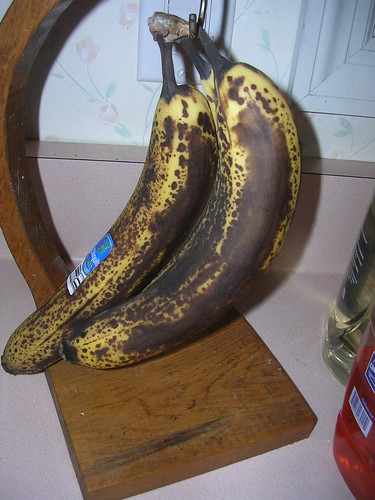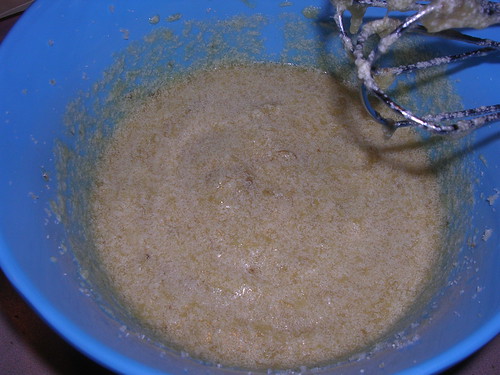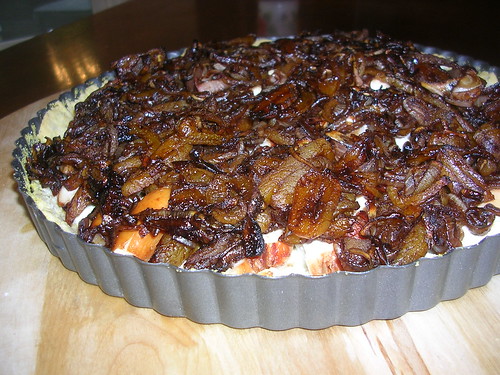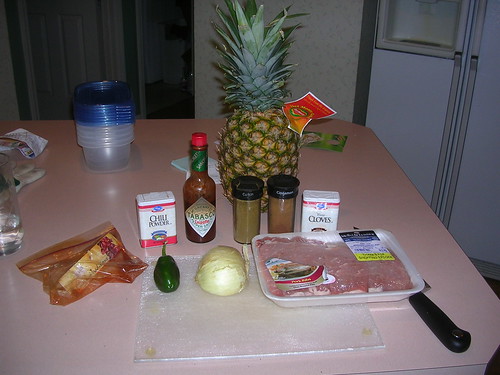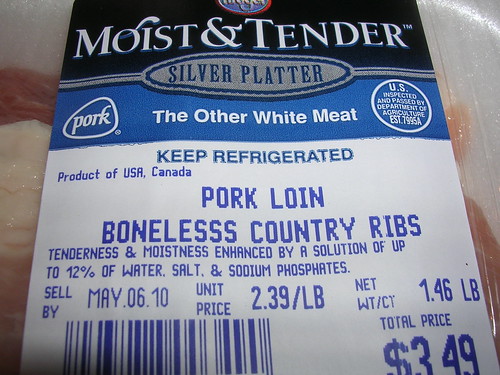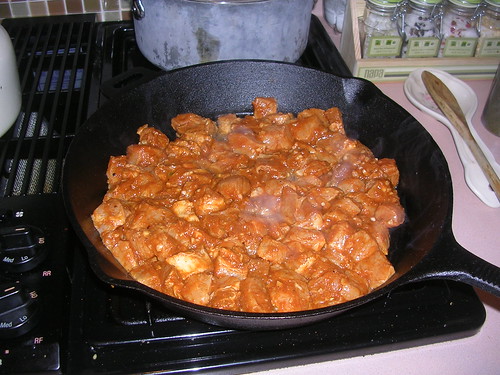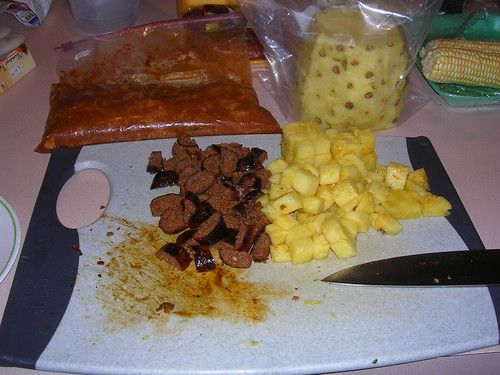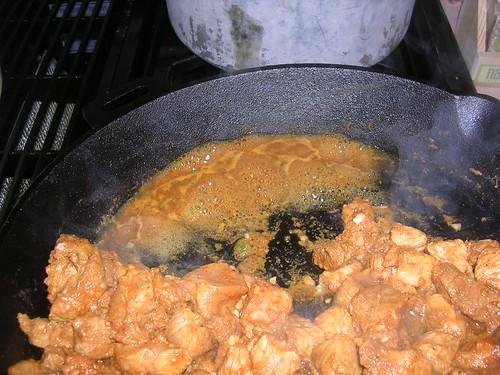Mother's Day was this weekend, and all my mom wanted was grilled hot dogs and hamburgers. Since it's "her" day, I had to hide my disdain as I did her bidding.
Grilled Hot Dogs and Hamburgers
- Hot dogs
- Hamburgers
- Hot dog and hamburger buns
Grill the hot dogs and hamburgers. Put them on their respective buns. Eat. Yay.
Exciting, I know. With that out of the way let's talk today about high-fructose corn syrup (HFCS). There's been a lot of hype lately about whether or not this stuff's good for you, and frankly a lot of arguments on both sides are utter nonsense. The pro-HFCS side make it out to be this harmless, all natural substance that we should eat as much of as possible (
SweetScam, run by Center for Consumer Freedom), and the anti-HFCS side thinks that we should completely ban HFCS because if you eat one bite of it you are poisoned for life (
THE BAN OF HIGH FRUCTOSE CORN SYRUP IN THE U.S Facebook Group). Interestingly, if you want to find a lot of solid
pro-HFCS arguments, check out that second link and look at the discussions.
Warning:
The following contains some sciencey words
As a degreed chemical engineer and a wannabe professional food scientist with an unhealthy appetite for food politics, I'm really tired of hearing all the junk there is out there, especially when it's so easy to find out the truth.
Table sugar is a natural (ish) substance which is found in the juice of beets and sugar cane. Once you spin out the juice (molasses) you get plain white sucrose, a
disaccharide. This is what comes in 5-lb bags in the grocery store. Once this sugar hits an acid (like that found in your stomach), it
inverts, breaking apart into its constituent
monosaccharides: fructose and glucose in a 50/50 mix. Sucrose has an energy density of 4 calories per gram (for comparison, fat is 9 cal/g).
High-fructose corn syrup is substance made from good ol' American corn. Natural starches (
polysaccharides, long chains of monosaccharides) are coverted enzymatically (that means with
enzymes, little biological catalysts) into glucose (this is known as corn syrup), which are then converted to fructose. See what's happening here? The fructose is then added back to pure glucose to reach a ratio of 55/45 or 42/58 fructose/glucose. Since it's made up of the exact same stuff, HFCS has an energy density of 4 cal/g.
So what is the difference between the two? Not much. HFCS either has a higher or lower percentage of fructose compared to table sugar, but chemically, the glucose and fructose made from corn are exactly the same as the glucose and fructose made from sugar cane or beets. They are digested the same, and they taste the same.
So... what?
Who knows for sure why people choose to fear the wonders of modern chemistry. Despite our high-tech high-science high-society, a large portion of people have decided that science is not to be trusted, and go out of their way to make flawed arguments to support their point. Here are some of the worst and most often repeated arguments (these are all arguments I have heard myself, I swear I'm not making this up):
High fructose corn syrup causes diabetes. Not according to the
American Diabetes Association. Obesity, of which overconsumption of sugars is a cause, is a risk factor for diabetes, but sugar, specifically HFCS, does not "cause" diabetes anymore than bacon cheeseburgers do.
More calories are consumed through HFCS than any other energy source. I've seen this claim made before, but I can't find any data to support or refute this fact. Let's assume, for sake of argument, that the statement is true. So what? The reason people state this "fact" is because they want you to believe that HFCS is impossibly high in calories, but as I've shown, it's simply not the case. If it's true that people get more calories from HFCS it's simply because they are eating more HFCS. It's not rocket science, people.
HFCS is the cause of our obesity epidemic. Actually, consuming more calories than you are burning is the cause of our obesity epidemic. If we instantly switched from using HFCS to sugar, we would still be exactly as fat as we are now.
HFCS is only used because of corn subsidies. You forgot sugar tariffs. Go lobby your congressman. Or alternatively, thank them for artificially lowering corn prices. Whatever floats your boat. Point is, there's no conspiracy here, it's straight economics.
HFCS doesn't satisfy your hunger the same way as sugar, so it forces you to eat more. First of all, it's your fault if you eat to many doughnuts, not Krispie Kreme's. Secondly, there's no evidence that HFCS affects satiation any differently than sucrose (
source, and also a good primer on the issue of HFCS in general).
But what about study X that proves that HFCS does Y? First of all, if you haven't read the primary source yourself, I don't believe you. Secondly, one study doesn't prove anything, especially if it's not repeatable by other scientists. A lot of studies have fatal flaws that aren't apparent by reading the abstract, and science correspondents don't always favor accuracy over attention-grabbing headlines.
Conclusion: So.... what (again)?
So you may find it unusual that a recipe blog would discuss an ingredient that's not available for the home cook. But the principals we've applied here can be applied to any number of more-easily attained ingredients often shunned for dubious reasons by health conscious or eco-conscious individuals: white flour, non-organic food, MSG,
trans fats, fast food, salt, tuna, and many other perceived evils. It's great if you want to be health conscious, but don't fall for the hype. And don't be scared of your food;
you'll get more out of it if you enjoy it.
